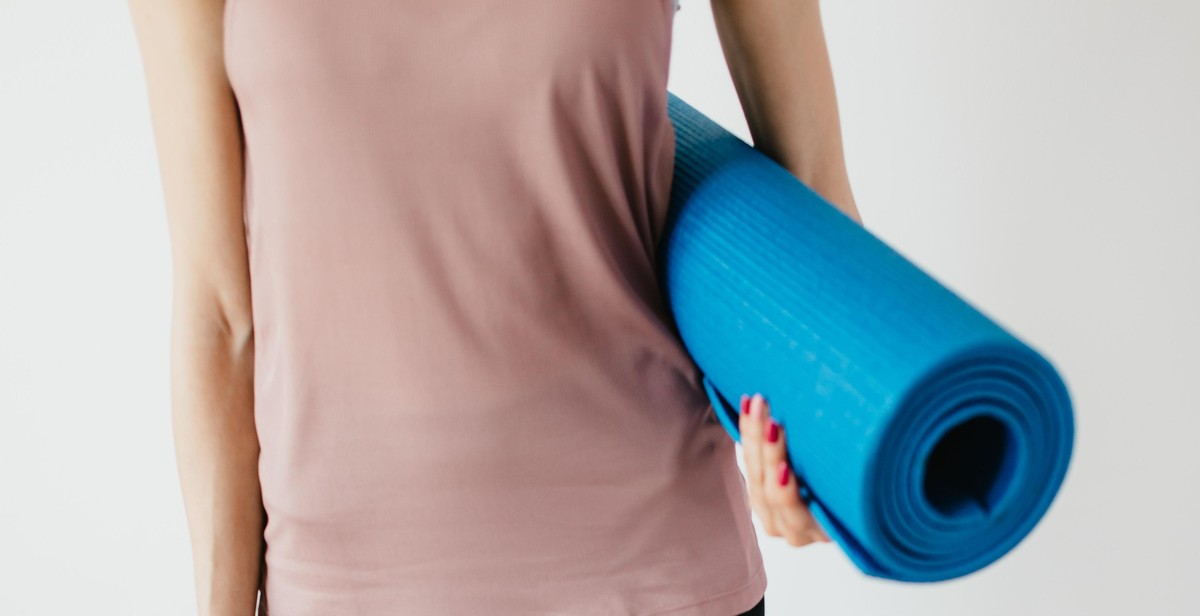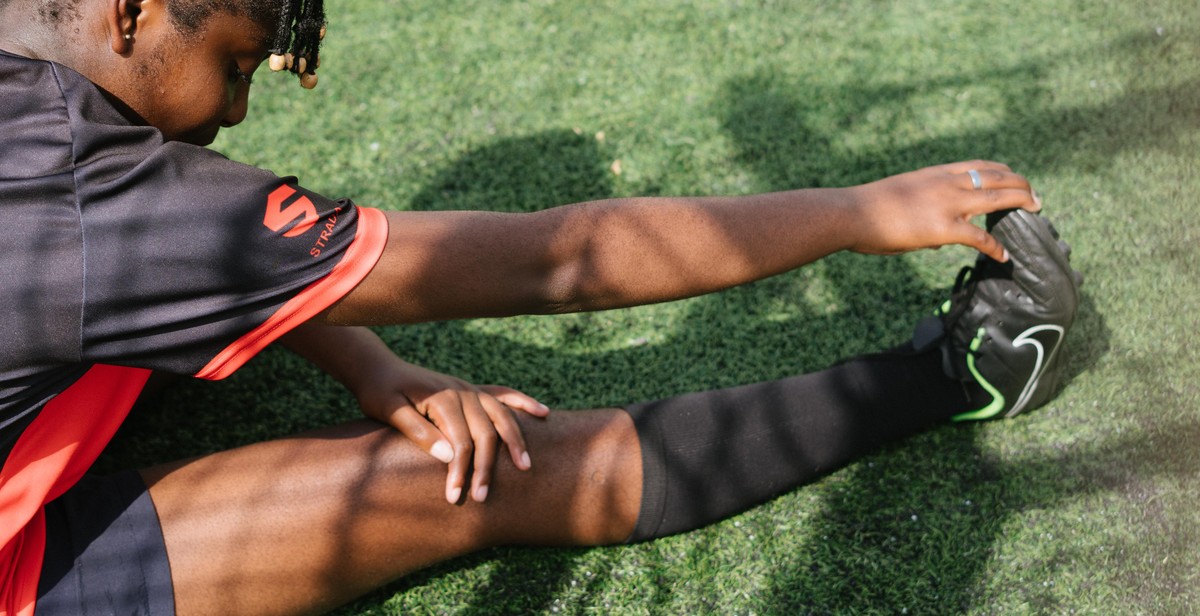Introduction: How to Start a Stand-Up Paddleboarding (SUP) Fitness Routine
Stand-up paddleboarding (SUP) is a fun and effective way to improve your fitness and enjoy the great outdoors. This water sport has gained popularity in recent years and is a great alternative to traditional gym workouts.
If you’re looking to start a SUP fitness routine, this article will guide you through the basics. We’ll cover everything from the benefits of SUP to the equipment you’ll need and the best techniques to get started.
What is Stand-Up Paddleboarding?
Stand-up paddleboarding involves standing on a large board and using a paddle to move through the water. It’s similar to surfing, but instead of riding waves, you’re paddling on calm water such as lakes, rivers, and oceans.
Stand-up paddleboarding is a low-impact exercise that engages your core, improves balance, and strengthens your upper body. It’s also a great way to enjoy the outdoors and explore new waterways.
In the next sections, we’ll dive deeper into the benefits of SUP and how to get started with your own SUP fitness routine.

Benefits of Stand-Up Paddleboarding for Fitness
Stand-up paddleboarding (SUP) is a fun and exciting way to stay fit and healthy. It provides a full-body workout, low-impact exercise, and improves balance and core strength. Here are some of the benefits of SUP for fitness:
Full-Body Workout
Stand-up paddleboarding is a full-body workout that engages your arms, shoulders, back, legs, and core muscles. Paddling on the board requires a lot of upper body strength and endurance, while standing and balancing on the board engages your leg muscles. This makes it an excellent cardiovascular exercise that burns calories and strengthens your entire body.
Low-Impact Exercise
Unlike high-impact exercises such as running or jumping, stand-up paddleboarding is a low-impact exercise that is gentle on your joints. The buoyancy of the board reduces the impact on your knees, ankles, and hips, making it a great exercise for people of all ages and fitness levels. It is also a great way to recover from injuries or surgeries.
Improves Balance and Core Strength
Stand-up paddleboarding requires a lot of balance and core strength. The constant movement of the board on the water forces you to engage your core muscles to maintain your balance. This not only improves your balance but also strengthens your core muscles, which are essential for good posture and preventing back pain.
Overall, stand-up paddleboarding is a great way to stay fit and healthy while enjoying the beautiful scenery of the water. Whether you’re looking for a low-impact exercise or a full-body workout, SUP has something to offer for everyone.

Preparing for Your SUP Workout
Before starting your stand-up paddleboarding (SUP) fitness routine, it is important to prepare yourself physically and mentally. This includes choosing the right equipment, selecting the right location, and warming up before your workout.
Choosing the Right Equipment
The right equipment is essential for a successful SUP workout. Here are some things to consider when choosing your equipment:
- Board size and shape: Choose a board that is stable and suits your skill level.
- Paddle length: Your paddle should be about 6-10 inches taller than you.
- Paddle blade size: A larger blade will provide more power, but a smaller blade will be easier to use for longer periods.
- Paddle material: Carbon fiber paddles are lighter and more expensive, while aluminum paddles are more affordable and durable.
- Personal flotation device (PFD): A PFD is required by law in most areas and can also provide added warmth and visibility.
Selecting the Right Location
Choosing the right location for your SUP workout is also important. Here are some things to consider when selecting your location:
- Water conditions: Choose a location with calm water and minimal wind for your first few workouts.
- Accessibility: Make sure the location is easy to access and has parking available.
- Rules and regulations: Check for any local regulations or restrictions on SUP use.
- Crowds: Avoid crowded areas to minimize the risk of collisions or distractions.
Warming Up Before Your Workout
Before starting your SUP workout, it is important to warm up to prevent injury and improve performance. Here are some warm-up exercises to consider:
| Exercise | Description |
|---|---|
| Arm circles | Stand with your arms out to the side and make small circles with your arms, gradually increasing the size of the circles. |
| Side twists | Stand with your feet shoulder-width apart and twist your torso from side to side, keeping your hips stationary. |
| Leg swings | Stand on one leg and swing the other leg forward and backward, then side to side. |
| High knees | Stand with your feet hip-width apart and lift your knees up towards your chest, alternating legs. |
By taking the time to prepare yourself properly, you can ensure a successful and enjoyable SUP workout. Remember to always prioritize safety and have fun!

SUP Workout Routines
Basic Paddling Technique
The first thing to focus on when starting a SUP fitness routine is mastering your basic paddling technique. This involves proper posture, grip, and paddle positioning. By paddling correctly, you can improve your balance and strengthen your core muscles. Start by standing with your feet shoulder-width apart and your knees slightly bent. Hold the paddle with both hands, keeping your arms straight and your hands shoulder-width apart. Place the blade of the paddle in the water and pull it towards your feet, using your core muscles to generate power. Alternate sides with each stroke.
Interval Training
Interval training involves alternating periods of high-intensity exercise with periods of rest or low-intensity exercise. This type of training can help you burn more calories and improve your endurance. To incorporate interval training into your SUP workout, try paddling at a high intensity for 30 seconds, followed by 30 seconds of rest or low-intensity paddling. Repeat this cycle for 10-15 minutes.
Strength and Endurance Training
Strength and endurance training can help you build muscle and improve your overall fitness. To incorporate these elements into your SUP workout, try adding exercises like squats, lunges, and push-ups while on the board. You can also paddle against the current or wind to increase resistance and build strength. Aim to incorporate strength and endurance training into your SUP routine at least twice a week.
| Sample SUP Workout Routine |
|---|
| Warm-up: 5-10 minutes of light paddling |
| Interval Training: 10-15 minutes of high-intensity paddling followed by 30 seconds of rest or low-intensity paddling |
| Strength and Endurance Training: 10-15 minutes of exercises like squats, lunges, and push-ups on the board |
| Cool-down: 5-10 minutes of light paddling |
Remember to always wear a life jacket and stay within your comfort level and skill level when starting a SUP fitness routine. With consistent practice and dedication, you can improve your strength, endurance, and overall fitness while enjoying the beauty of the water.

Tips for a Successful SUP Fitness Routine
Stand-up paddleboarding (SUP) is a great way to stay fit and active while enjoying the outdoors. However, it’s important to approach SUP fitness with caution and care to avoid injuries and get the most out of your workout. Here are some tips for a successful SUP fitness routine:
Start Slow and Gradually Increase Intensity
It’s important to start your SUP fitness routine slowly, especially if you’re new to the sport. Begin with shorter sessions and low-intensity workouts to allow your body to adjust to the new activity. As you become more comfortable on the board, you can gradually increase the intensity and duration of your workouts. Remember to listen to your body and take breaks as needed.
Stay Hydrated
Stand-up paddleboarding can be a strenuous activity, especially in hot weather. It’s important to stay hydrated before, during, and after your workout to avoid dehydration and heat stroke. Bring plenty of water with you on the board, and consider wearing a hydration pack for easy access.
Wear Sunscreen and Protective Gear
Spending time on the water means exposure to the sun’s harmful UV rays. Protect your skin by wearing sunscreen with at least SPF 30 and reapplying every two hours. Additionally, wear protective gear such as a hat, sunglasses, and a rash guard to minimize sun exposure and prevent skin irritation.
It’s also important to wear a personal flotation device (PFD) and a leash to ensure your safety on the water.
Remember, SUP fitness is a fun and effective way to stay active and enjoy the outdoors. By following these tips, you can have a safe and successful workout on the water.

Conclusion
Starting a stand-up paddleboarding (SUP) fitness routine can be a fun and effective way to get in shape and enjoy the outdoors. With the right equipment, proper technique, and a little bit of practice, anyone can become proficient at SUP and enjoy the many benefits it has to offer.
Tips for Success
- Start with a stable board and calm water to build your confidence.
- Focus on proper technique, including a strong and stable stance, using your core muscles, and maintaining a steady pace.
- Gradually increase the intensity and duration of your workouts to challenge your body and continue making progress.
- Stay safe by wearing a life jacket, avoiding crowded areas, and checking weather and water conditions before heading out.
Benefits of SUP Fitness
Some of the many benefits of SUP fitness include:
- Improved cardiovascular health
- Increased strength and endurance
- Reduced stress and anxiety
- Enhanced balance and coordination
- A low-impact workout that’s easy on the joints
Get Started Today
Whether you’re looking to get in shape, try something new, or simply enjoy the great outdoors, stand-up paddleboarding can be a great choice. With a little bit of guidance and practice, you can be well on your way to a fun and effective SUP fitness routine.
| Equipment | Technique | Safety | Benefits |
|---|---|---|---|
| Board, paddle, life jacket | Stable stance, core muscles, steady pace | Wear a life jacket, avoid crowded areas, check conditions | Improved cardiovascular health, increased strength and endurance, reduced stress and anxiety, enhanced balance and coordination |
